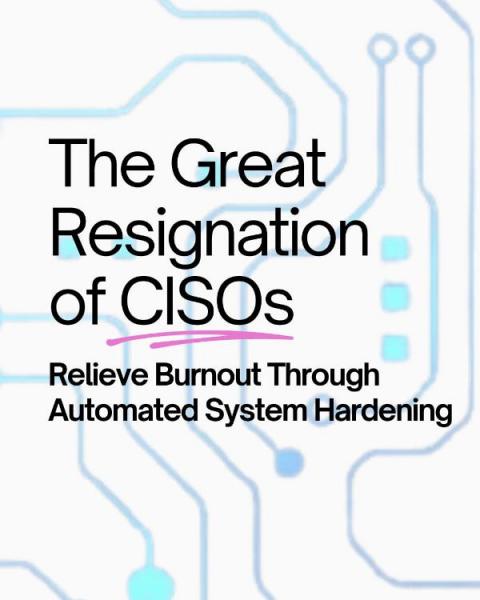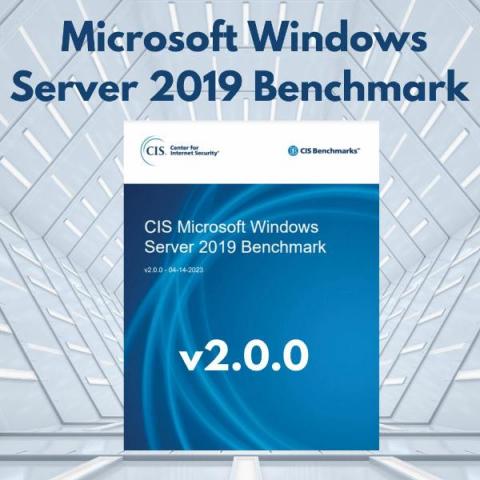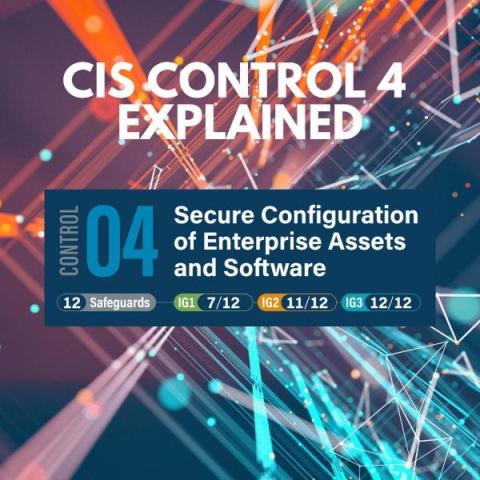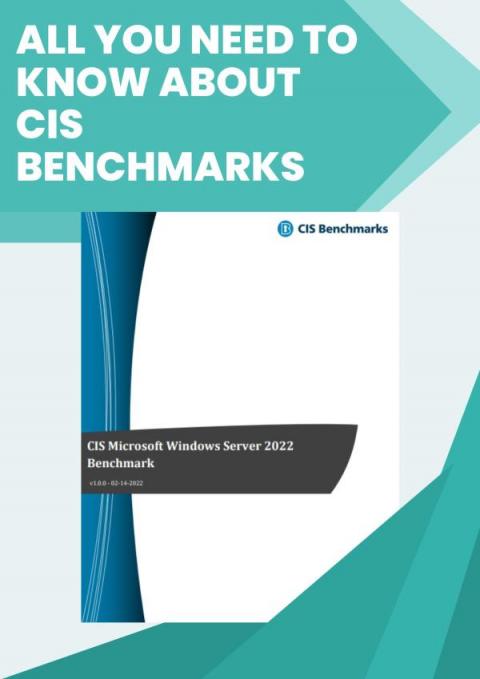The Great Resignation of CISOs: Relieve Burnout Through Automated System Hardening
The cybersecurity landscape is witnessing a phenomenon that has come to be known as the “Great Resignation” among Chief Information Security Officers (CISOs). The challenges faced by CISOs in coping with ever-increasing regulations, compliance mandates, and the need for skilled resources have reached a tipping point. Coupled with a lack of cooperation from the C-suite, these factors have led to a surge in burnout among CISOs.





